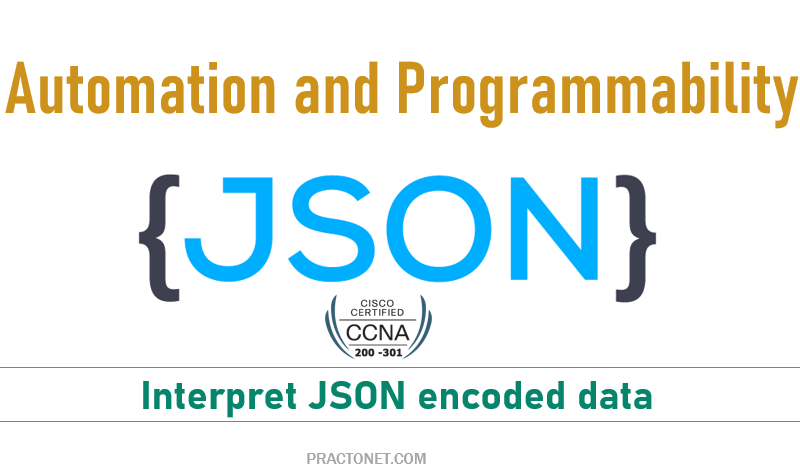Fiber optic networks can deliver higher connection speeds for multiple users. With potential great advantages such as improving cloud-connectivity, voice over IP (VoIP) capabilities and overall better bandwidth, fiber optic networks can offer powerful advantages to help your business stay better connected.
And with fiber optic networks now being more accessible for residents and businesses alike, it’s become easier to integrate a fiber optic network and achieve faster connectivity and greater productivity. We take a look at some of the key reasons why a fiber optic network could be the best solution for you. Here are six major advantages of a fiber optic network:
1. Better bandwidth
Fiber optic cables have much greater bandwidth than metal cables. Information can be transmitted per unit time of fiber over other transmission media, giving fiber optic cables a significant advantage. And with more and more businesses needing data transmission, it’s become increasingly important to have high bandwidth availability.
If your current network is experiencing low bandwidth or difficulty meeting some of your current business data transfer needs, having problems with multicast video breaking down, your CCTV images pixelating/shearing or you are having difficulties accessing cloud applications, you may significantly benefit from an upgrade to fiber optic connectivity.
2. Higher bandwidth means faster speed
In our fast-paced society, our new normal is being able to upload videos, files and make phone calls as we simultaneously download content. Slow Internet connections can, therefore, cost businesses weeks of productivity. It is paramount that your internet connectivity is fast, efficient and reliable to help keep your business as productive as possible.
Fiber optic networks are significantly faster than even the highest-speed copper Internet connections, with options ranging from 5 Mbps to 100 Gbps. With a fiber optic network, your employees can benefit from equal upload and download times through a fast data connection.
3. Longer transmission distances
A fiber optic cable is a low power loss medium, meaning you can achieve higher bandwidths over greater transmission distances. Fiber optic cables can reach 10’s of kilometers in distance compared to the maximum 100-metre distance that is the limit of copper cables.
4. Greater flexibility
Unreliable connectivity can add real costs to businesses. Any amount of unplanned downtime can bring business productivity to a complete stop. Communication and connectivity reliability is an absolute necessity for any business.
Compared to copper cables, fiber optic cables are thinner and lighter in weight. Fibre can withstand more pull pressure than copper and is less prone to damage and breakage.
Fiber is flexible, can bend easily and resists most corrosive elements that often attack copper cables.Fiber optic cables do not conduct electrical currents, making fiber data connections fully-resistant to electromagnetic interference, lightning, or radio signals. Copper cables are designed to conduct electricity, making copper networks vulnerable to induced power, lightning, and deliberate signal-scrambling.
Fiber optic networks are also not susceptible to inclement weather conditions, which can interfere or stop data transmission through copper cabling.
5. Improved latency
Fiber optic networks eliminate many of the latency issues users experience on cable Internet, particularly when downloading or uploading a video or consuming high-definition content. The business benefits of lowering your latency could include better voice quality for VoIP users, the ability to move more apps to the cloud, download and upload huge files without disruption and improved collaboration between employees.
6. Stronger security
Fiber optic cable keeps data secure. It does not radiate signals and is very difficult to tap without your knowledge. It has higher physical security as all hardware and electronics can be installed in one central location, unlike copper systems, where equipment is required to be installed within distribution locations throughout a facility.





